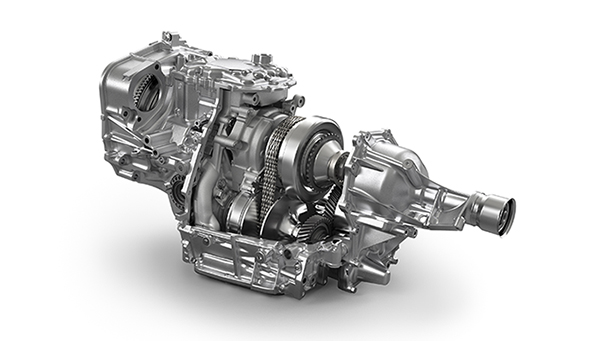The SUBARU BOXER Engine
More enjoyable experience on the road.
Balanced & Composed.
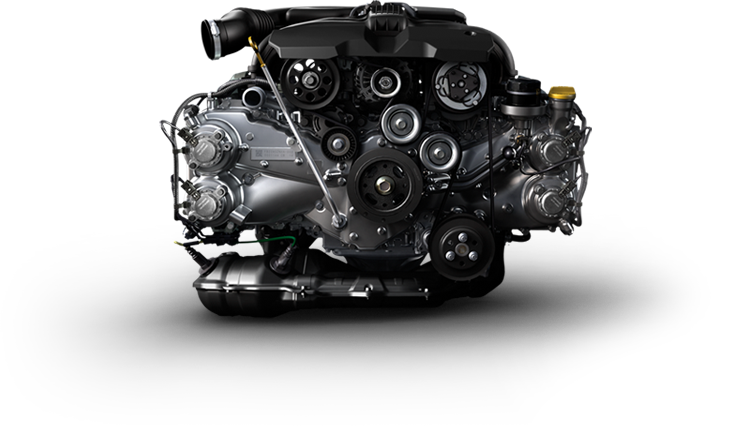
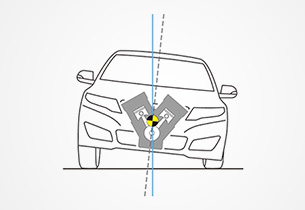

Related: Passive Safety
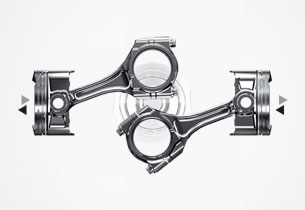
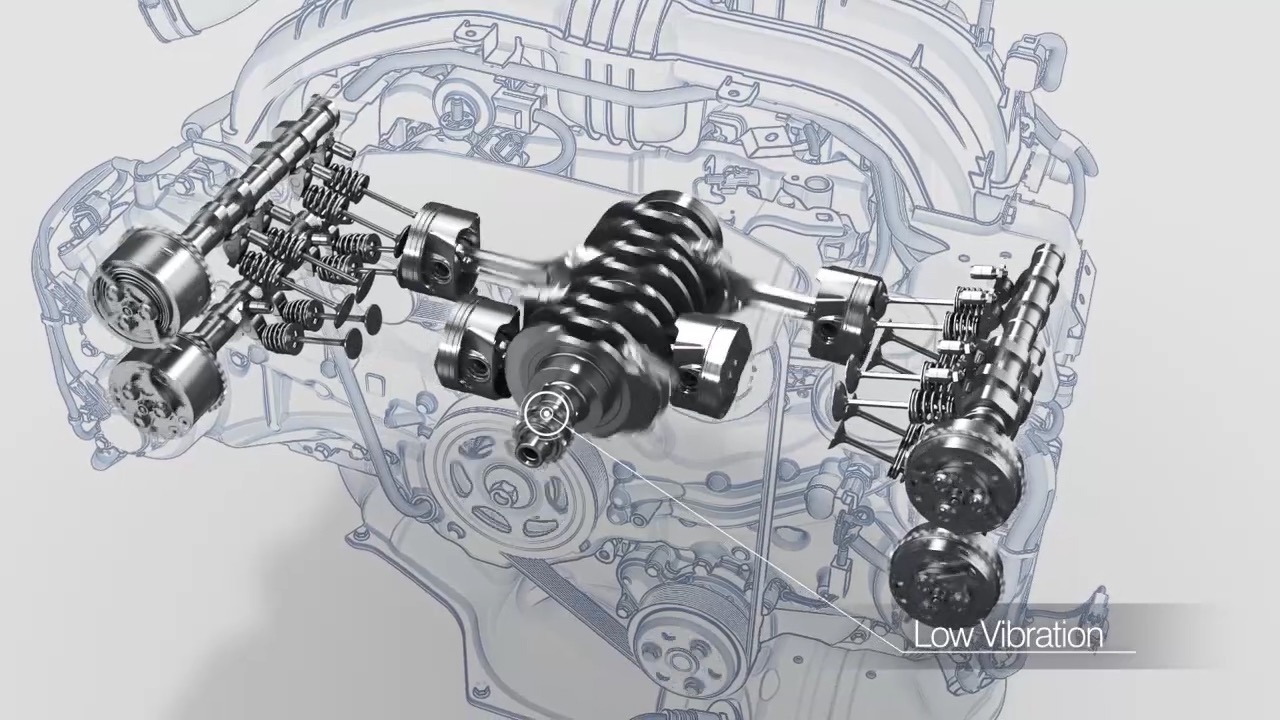
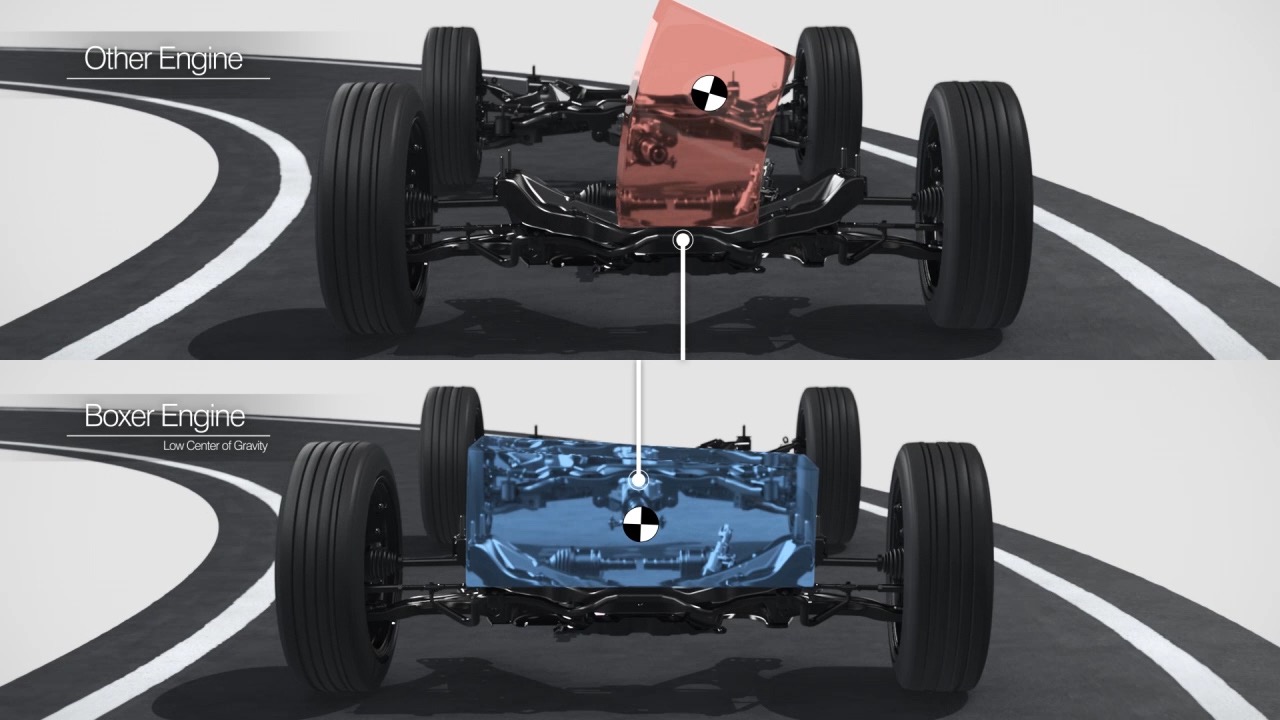
Ultra-low center of gravity packaging
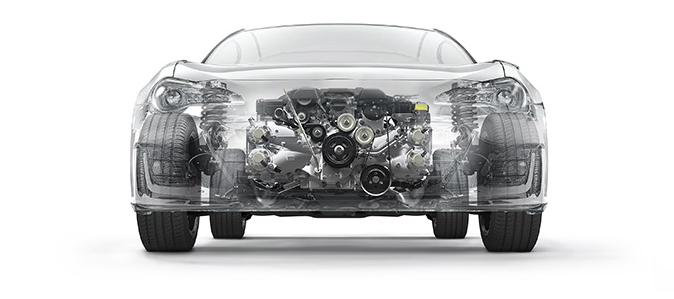
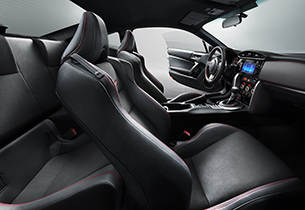
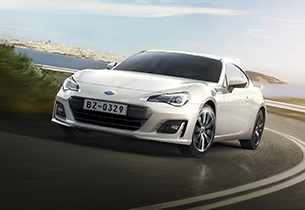

*1 In-house measurements
*2 As of February 2012 (in-house research)
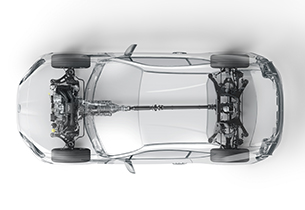
・The driving position has been set at the lowest possible position to lower the center of gravity of the entire vehicle.
・A lightweight and highly rigid chassis has been specially designed to improve stability.
・Uses an FR layout and the pleasure of unembellished handling has been pursued to the utmost limit.
・A light yet strong body structure that ensures optimal performance for the front, rear and cabin has been developed.
Introducing the Subaru Boxer Family.
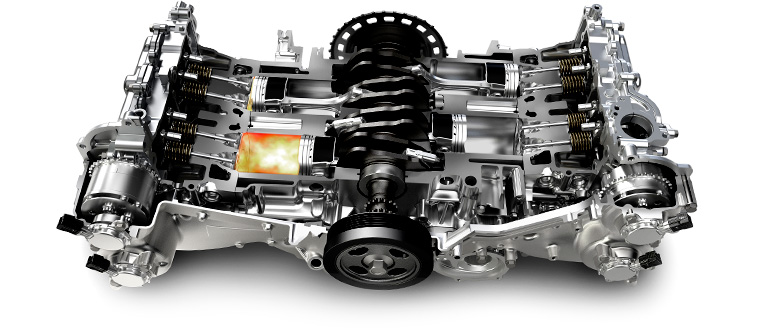
The development of the EJ model began with the aim to create a successor to the EA model, which was FHI’s first compact passenger car in the SUBARU 1000 era (1966) that was powered by the boxer engine. The development project aimed to maximize the already-high potential of the horizontally opposed engine, delivering high rigidity and efficiency that left no stone unturned.
The EJ20 succeeded in creating a high-quality driving sensation worthy of the first-generation Legacy, which strived to be a car truly made for the driver. Since then, this engine has become the base of a wide range of engine variations. The EJ20 can truly be said to be a symbol of SUBARU Engineering’s ethos of starting with high-quality design foundations and working unceasingly to add improvement upon improvement.
It has also successfully realized refreshingly responsive acceleration as well through rich reserves of low- to mid-range torque. All of these improvements deliver even greater everyday usability. By achieving both a high degree of environmental performance and driving pleasure, this boxer is worthy of being called a next generation engine.
This engine, with the attention paid to aspects such as the engine note transmitted to the vehicle cabin, allows you to experience the enjoyment of the boxer engine to the fullest.
* D-4S:Direct injection 4 stroke gasoline engine Superior version
Despite being a 2.0-liter engine, the FA20 DIT boasts dominant sports performance, which surpasses large-capacity turbo engines, and unbelievably low fuel consumption and low exhaust emissions from that power. It is fair to say that the FA20 DIT offers the performance of a truly next-generation sports machine.
The result is a more compact combustion chamber and greater fuel efficiency, and combined with a higher pressure common rail fuel injection, an improved oxidizing catalyst with closed Diesel Particulate Filter (DPF), a variable nozzle turbo and electric power steering, these all help to reduce fuel consumption and CO2 emissions.
Ceramic glow plugs also quicken starting in cold weather. And whilst meeting the ultra-clean EURO5 emission standards, the engine delivers even more torque compared to previous models. A prodigious 350-Nm of peak torque is delivered at a lower 1,600 rpm – providing smooth, free-breathing performance at any speed. These advantages are evidence of the vision that Subaru has in using the Horizontally-Opposed Engine.
Introducing the Transmission Family.
